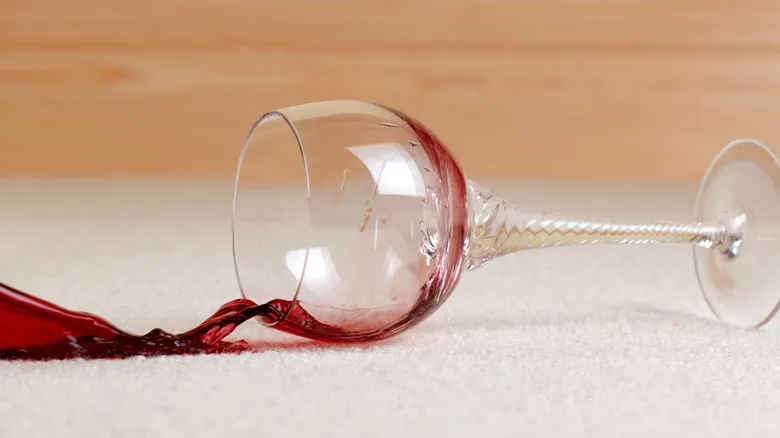What to know when shopping for dealcoholized wine
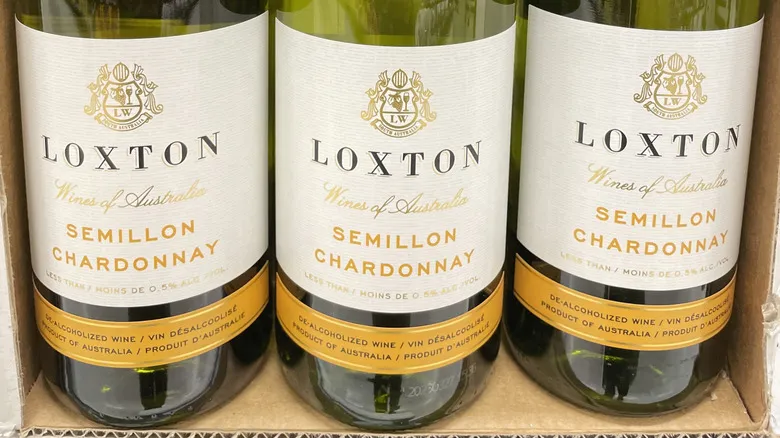
Now we delve into the technical details. U.S. producers are required to label their products with the term "dealcoholized" (also referred to as "alcohol removed"). For instance, a label for "dealcoholized merlot" must include the statement "contains less than 0.5% ABV." The term "non-alcoholic" can also be used, as it is a commonly understood term. However, if the wine is dealcoholized, the label must include both the term and the ABV statement to inform consumers that the wine is not completely alcohol-free. According to the FDA, only wines with zero alcohol can be labeled as "alcohol-free."
It's important to note that alcohol-free and dealcoholized wines are not the same. A wine with less than 0.5% ABV is similar to many everyday products that we typically don't associate with alcohol. For example, kombucha can have up to 0.5% ABV due to its fermentation process, and the same applies to ginger beer and kimchi. For those who are strictly avoiding alcohol, it is essential to read labels carefully. Additionally, it's worth noting that common items like rye bread, ripe fruit, and certain yogurts can legally contain up to 0.5% ABV (a very ripe banana, for instance, averages around 0.4% ABV!). To ensure complete avoidance of alcohol, thorough research and vigilance are necessary.
Recommended
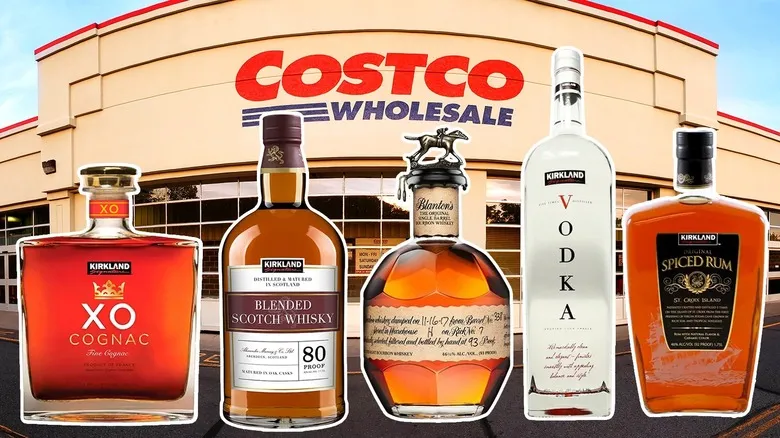
The Best And Worst Bargain Liquor To Buy At Costco
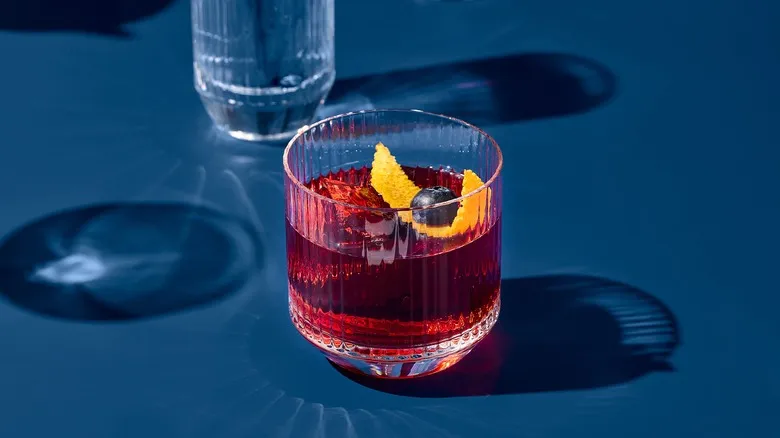
You Can't Have A Perfect Negroni Without A Bold Gin Choice
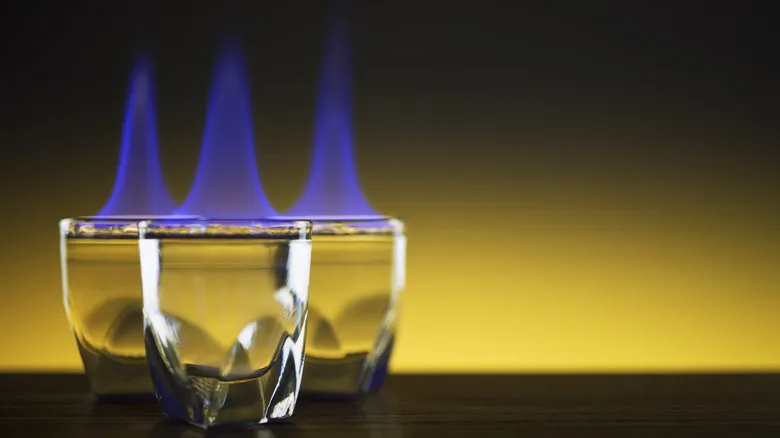
How To Drink Flaming Shots Without Endangering The Whole Bar
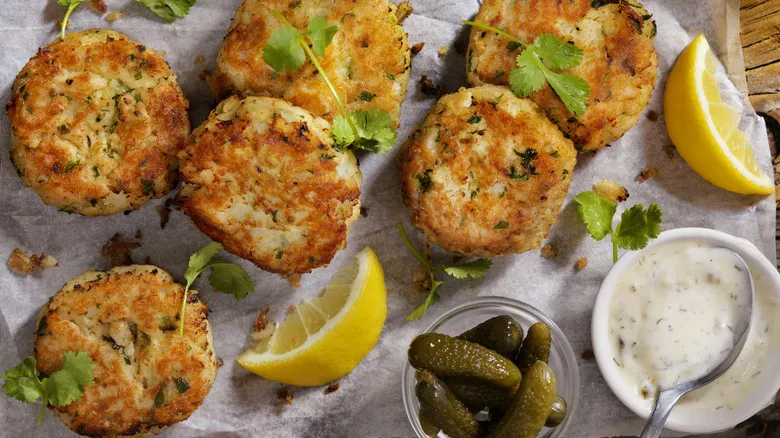
The Best Type Of Wine, Beer, And Cocktail To Drink With Crab Cakes
Next up

